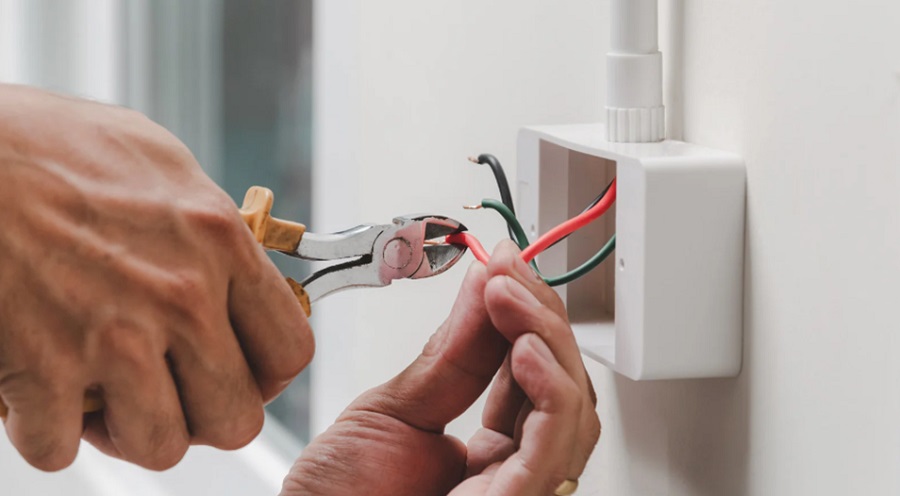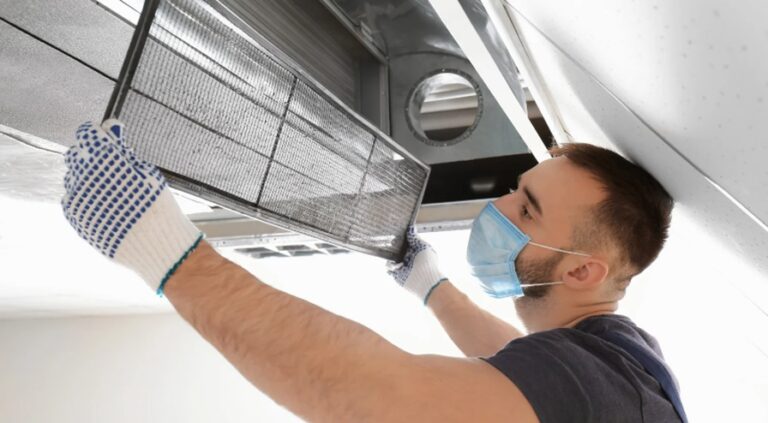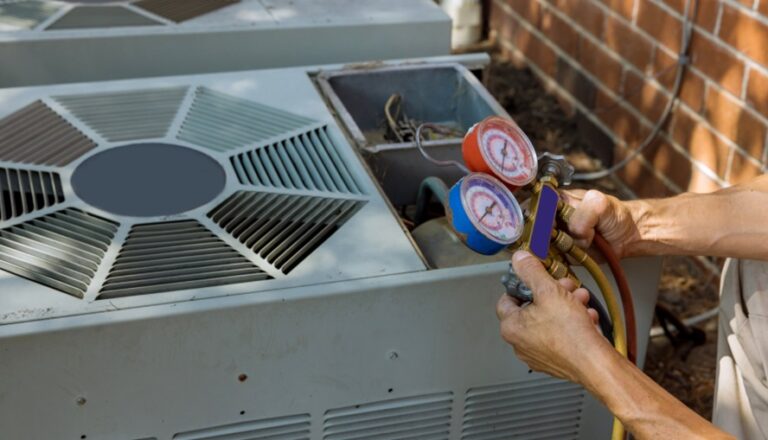
Electrical issues at home can pose serious risks, from damaging appliances to sparking fires. Recognizing the early signs of an electrical overload is crucial to ensuring safety and preventing costly repairs. For those experiencing frequent issues or uncertain about their wiring, exploring home electrical repair services in Manassas can be a good starting point to address concerns. Understanding these warning signs can help you identify when to act.
1. Frequently Tripping Circuit Breakers
Circuit breakers are designed to prevent overloading by cutting power. If your breakers trip repeatedly, it’s a sign that your electrical system cannot handle the current load. Regular tripping could indicate underlying issues like faulty wiring or excessive power demand in specific circuits. Ignoring this issue may lead to more severe problems.
2. Dimming or Flickering Lights
Lights that flicker or dim without reason could point to an overload. This often happens when high-powered appliances draw electricity from the same circuit as your lights. While occasional dimming may not indicate a significant issue, frequent flickering should prompt further inspection.
3. Warm or Discolored Wall Outlets
Feel your outlets for warmth or check for discoloration. Overloaded circuits may cause outlets to overheat, leading to scorch marks or discoloration. If left unattended, this problem can escalate into an electrical fire. Immediate attention is necessary in such cases to prevent further hazards.
4. Burning Odors
A burning smell near outlets or electrical panels is a significant warning. This odor suggests overheating or burned wiring within the walls. If you notice this, turn off the power to the affected areas and consult an expert immediately to avoid potential fire risks.
5. Buzzing Sounds
Electrical systems should operate silently. If you hear buzzing or humming noises, it could indicate loose connections or overwhelmed circuits. These sounds often signal that the system struggles to maintain enough power and requires professional attention.
6. Overloaded Power Strips
Take note of how many appliances are plugged into power strips. Power strips and extension cords are convenient but can quickly become overloaded. Consistently relying on them for multiple devices may reveal an issue with insufficient wall outlets or improperly installed electrical systems.
7. Frequently Burning Out Light Bulbs
Light bulbs burning out quickly could signal higher voltage than recommended. Excessive voltage stresses bulbs, leading them to fail prematurely. This might hint at an imbalance in your electrical system that requires professional intervention.
8. Outdated Wiring
Older homes may not be equipped to handle today’s electrical demands. Outdated wiring is a common culprit behind overloads and is more prone to overheating. Knowing when to update your home’s electrical wiring is crucial for ensuring safety, improving energy efficiency, and preventing potential hazards.
9. Limited Outlet Availability
A lack of outlets often leads to overloading circuits. Constantly relying on multi-plug adapters to power devices indicates that your current outlet count isn’t meeting your needs. To prevent overload issues, consider adding additional outlets through professional electrical services.
10. Scorch Marks on Plugs or Appliances
Visible damage on plugs or appliances is a telltale warning sign. Scorch marks suggest that your electrical system makes poor contact or runs too much electricity through the circuit. This is an inconvenience and a significant fire hazard that needs immediate action. Additionally, following advice like an electrical maintenance checklist for your home can help maintain your system and identify issues before they escalate.
Conclusion
Recognizing these warning signs of electrical overloads is essential to maintaining a safe home environment. From flickering lights to outdated wiring, each signal points to potential risks that shouldn’t be ignored. By acting quickly and consulting professionals, you can mitigate hazards and ensure a functional and safe electrical system. Always prioritize safety and seek help from experts when in doubt to protect your property and loved ones.






